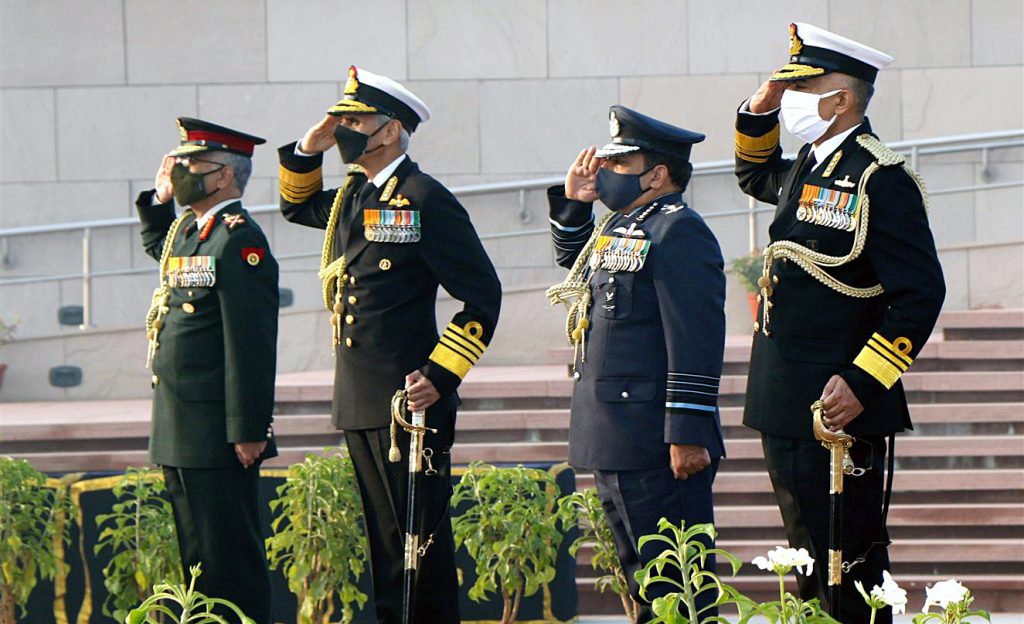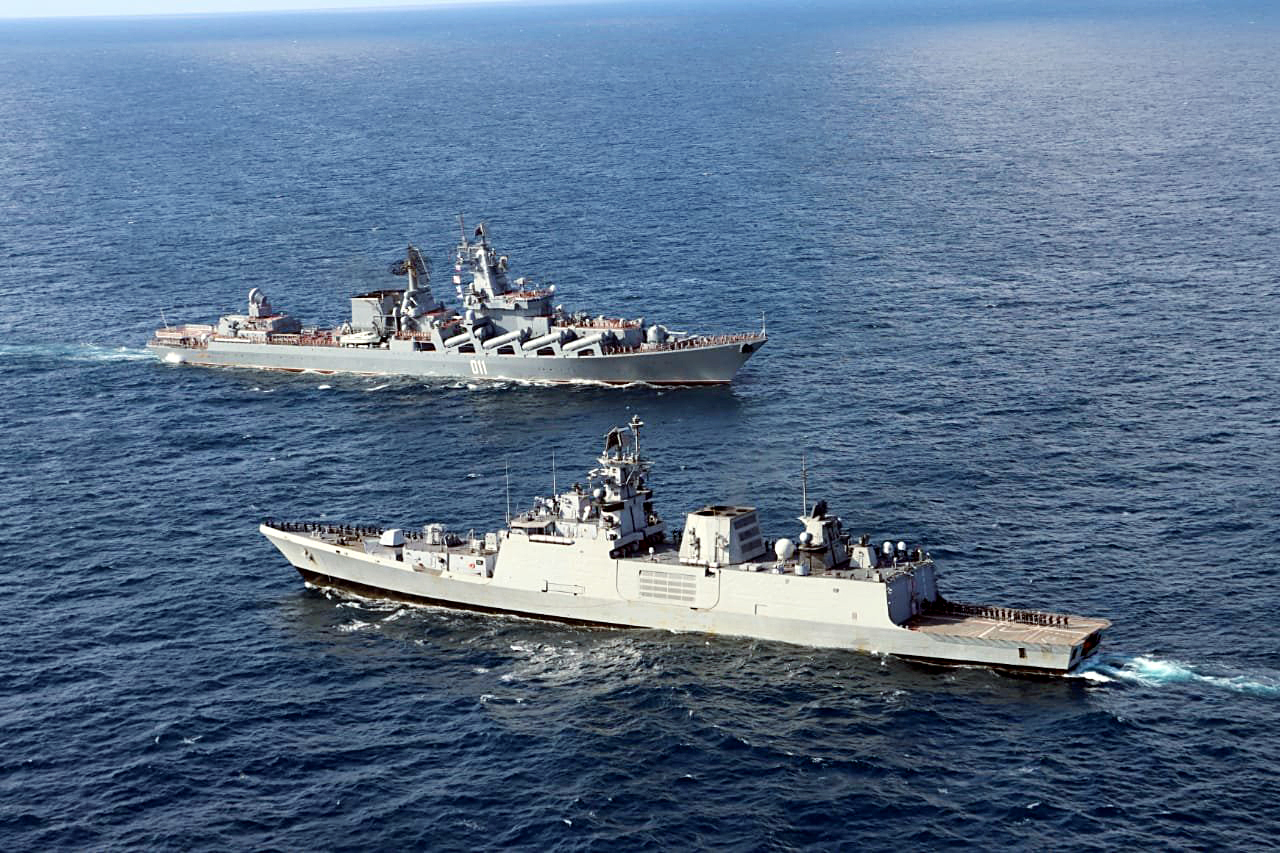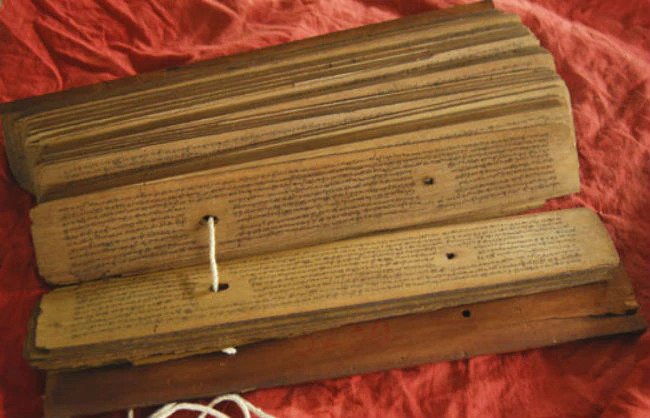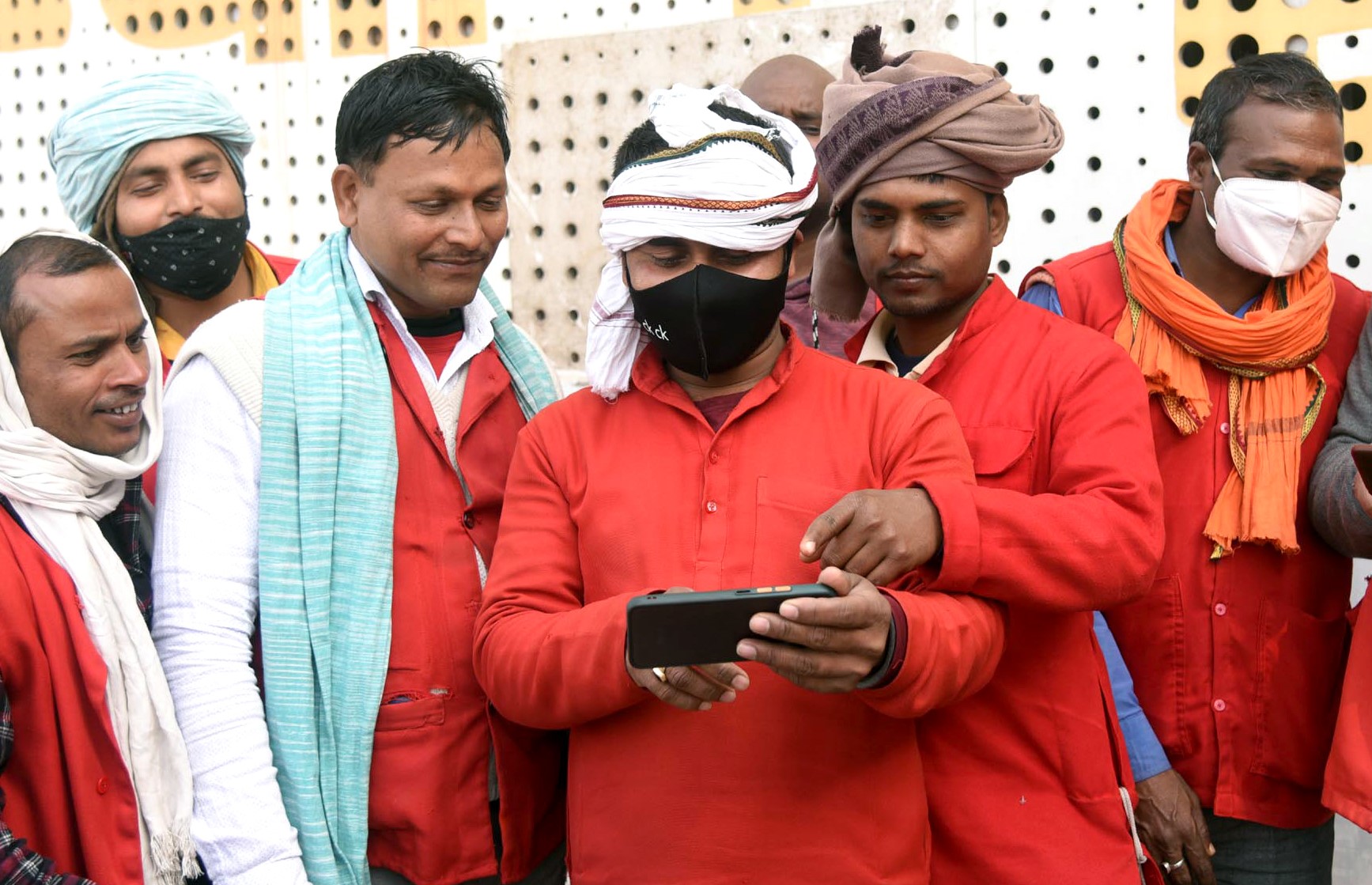China has challenged India’s regional heft in South Asia and the Indian Ocean Region.
Our Bureau
New Delhi
India kicked off a two-day naval exercise with Russia in the eastern Indian Ocean Region (IOR) on Friday, striking a balance after the high-voltage Malabar wargames with the other three “Quad” countries, the US, Japan and Australia, last month.
India has deployed its guided missile stealth frigate INS Shivalik and anti-submarine warfare corvette INS Kadmatt, along with their integral helicopters, for the “passage exercise” with Russia. The Russian warships, in turn, include guided missile cruiser Varyag, large anti-submarine warship Admiral Panteleyev and medium ocean tanker Pechenga.
“The exercise is aimed at enhancing interoperability, improving understanding and imbibing best practices between the two friendly navies. It will involve advanced surface and anti-submarine warfare exercises, weapon firings, seamanship exercises and helicopter operations,” said Navy spokesperson Commander Vivek Madhwal.
“The Indian Navy regularly conducts passage exercises with warships of friendly foreign navies while visiting each other’s ports or during a rendezvous at sea. This exercise reflects the strong long-term strategic relationship between India and Russia, especially defence cooperation in the maritime domain,” he added.
India and Russia conduct their major `Indra’ naval exercise biennially, with the last edition being held in the northern IOR in September this year. The two countries also undertook their first tri-Service Indra exercise, with participation from the two armies, navies and air forces, at Vladivostok in October 2017. The second edition was held in India in December 2019.
Though Russia has been India’s largest defence supplier for long, notching up military sales worth over $60 billion since the 1960s, their armed forces did not exercise much together till recently.
In sharp contrast, India and the US hold a flurry of exercises every year, ranging from the top-notch naval Malabar wargames (with Japan being a regular participant and Australia also being invited this year after a gap of 13 years) to the counter-terror Vajra Prahar and Yudh Abhyas ones between their armies. The US has also bagged lucrative Indian arms deals worth $21 billion just since 2007, even overtaking Russia in annual sales for a couple of years.
At the end of the second decade of the 21st century, India’s interests demand bonding with powerful friends, which can change the economic and military balance of power vis-a-vis China. That is where Japan, Australia and the United States, which together with India form the Indo-Pacific Quad, come in. Why is countering China so important? Buoyed by its economic rise, and wanting to supplement its wealth with global political pre-eminence, China has silently slipped into its default Middle Kingdom mode. Since 1000 BC, China has perceived itself as the superior Middle Kingdom surrounded by inferior tributary states.
It has also challenged India’s regional heft in South Asia and the Indian Ocean Region. Its Belt and Road Initiative has become the vehicle for exporting China’s influence in India’s immediate and extended neighbourhood, which includes Bangladesh, Myanmar, Sri Lanka Maldives and the Gulf countries.

By partnering with the Indo-Pacific Quad, does India lose its strategic autonomy? Not necessarily. The Indo-Pacific Quad essentially represents a partnership of Middle Powers bonding with one superpower, but which has experienced a relative decline in its power. As it stands the Quad, on account of its internal power configuration, demonstrates a high degree of economic and military inter-dependence, rather than a slavish hierarchy lorded over by Washington. Recognising that the Middle Powers need to cooperate but reserve strategic space for themselves, US Deputy Secretary of State Stephen Beigun acknowledged during a New Delhi address on October 12 that “the model of the last century of mutual defence treaties with a heavy in-country US troop presence,” is not necessarily the Quad’s future.
Meanwhile, amid threat from the Chinese Air Force on the Line of Actual Control (LAC) in the ongoing conflict, the Indian Air Force (IAF) carried out around 10 testfirings of the home-grown Akash air defence missiles to validate different scenarios to shoot down enemy aircraft that may violate the Indian air space during conflicts. The testfirings conducted at the Suryalanka test firing range in Andhra Pradesh last week were highly successful as a majority of the Akash missiles fired at the targets scored a direct hit.
“Around 10 Akash missiles were fired by the Air Force during the Combined Guided Weapons Firing 2020 exercise to practice different engagement scenarios during conflicts to shoot down enemy planes. Most of the missiles scored a direct hit at the target,” government sources said.



























